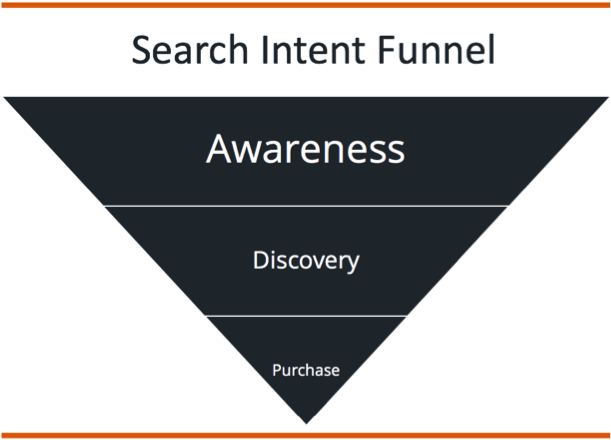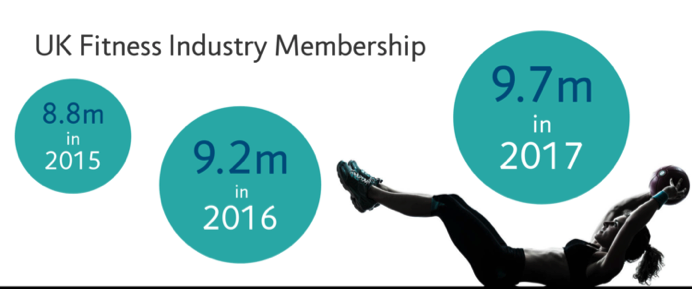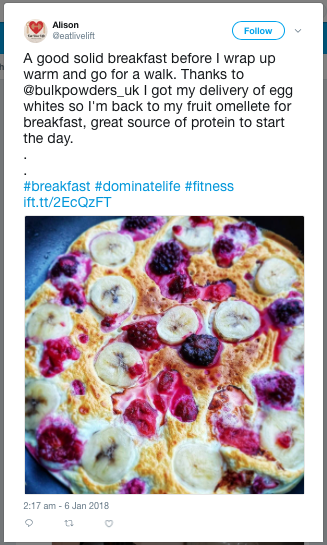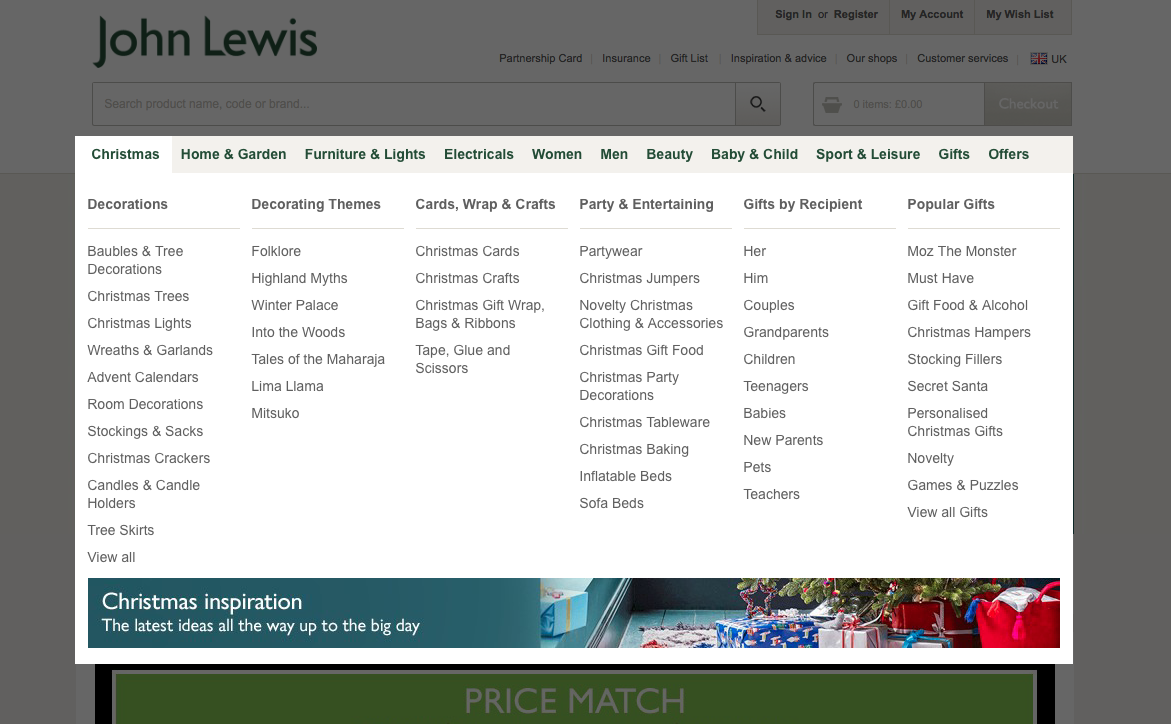Lockenby & Li (2000) define interactive advertising as the presentation and promotion of products, services and ideas by an identified sponsor through mediated means, involving mutual interaction between consumers and marketers.
The use of interactive ads is a great way for businesses to engage with consumers directly. Interactive marketing as a whole and the use of interactive ads is key to enhancing word of mouth and creating stronger and more memorable connection between consumer and brand. Businesses provide consumers with the opportunity not just to watch, but click, swipe and interact with their marketing material. This creates an avenue for brands to get personal in ways they haven’t been able to do before.
According to a study generated by Dynamic Logic MarketNorms, consumers who were exposed to interactive ads felt more favourably towards the brand than when exposed to a non-interactive ad, and intent to purchase was 2.9% higher (Denham, 2004).
5-Step Template to successfully delivering your interactive ad: (Lake, 2018)
- Assess Marketing Communication Opportunities:
- To whom is your message going out to?
- Market segmentation, tailoring your interactive ad to specific groups.
- Determine Your Objectives:
- Your objectives must be clearly stated, measurable, and appropriate to the phase of market development.
- Develop Your Promotional Message and Budget:
- Focus on the content, appeal, structure, format, and source of the message.
- Unique design process to drive consumer engagement.
- Determine the total promotional budget.
- What Communication Channels Will You Use?
- Select which social media platform/s best serves your interactive ad the best.
- Determine Campaign Effectiveness:
- Establish and measure Key Performance Indicators (KPIs)
- Key KPIs for Interactive ad campaign: volume of traffic to website, total number of social media interactions, total amount of sales after the launch of the interactive ad campaign.
4 Great Examples of Interactive Ads:
Volkswagen: Print Ad Test Drive
Reebok: Pump 2.0 Speed Cam
BMW: 360° VR Commercial ft. Gigi Hadid by 360º Viral Media
Mountain Dew: The Professor Presents: #GotHandles Trailer
The above are great examples of interaction with a brand. Merging oneself with a brand and being a part of it.
Key to the ascertaining interactive advertisement success is ensuring your marketing material tells a story around the product in question enticing consumers to engage and interact with the advert presented. This is evident within the examples provided above with some brands going the extra mile with their adverts being aided by the use of celebrity endorsements. However, Denham (2004) argues “the message of the ad should be clearly visible without any interaction on the part of the users, because there is no guarantee that someone will always have the time or inclination to use the interactive features.”
‘Pull’ Marketing Strategy:
Interactive advertisement is a function of a ‘Pull’ marketing strategy, whereby brands can effectively generate a wide audience interest with the objective of ‘pulling’ customers in. Other common sales tactics include word of mouth referrals and mass media promotions. From a brand perspective, pull marketing endeavours to generate brand loyalty and ultimately seeks to retain customers (Gibson, 2018).
(Source: 2060Digital)
Drawbacks of Interactive Ads:
Marchionini (1995) highlighted several limitations: a) It requires a high attentional demand on users, b) users have to manage with information overload, c) it offers plenty of opportunities for distraction through information that is tangential to one’s goal. Novinson (2017) further stresses that businesses can lose control over their advertisement, and thereby damage the reputation of their brand. This can occur when the advert is misrepresented, offending users, or where individuals use the advert for the wrong reasons. Further drawbacks that marketers must consider are the human and financial resources required, and the difficulty of measuring your return on investment (ROI) if no key performance indicators (KPIs) are introduced prior to execution (Bull, 2016).
Measuring the Success of your Interactive Ad:
A key indicator to measuring the success of an interactive ad would be through social media activity, calculating the number of views, shares, likes etc. determining the volume of consumer engagement.
As you can see from the screenshot below Volkswagen’s interactive ad has received over 200,000 views on YouTube:
(Source: YouTube)
Another indicator to measuring the success of your interactive ad is through conversion and goal tracking via Google Analytics. This process requires you to setup and customize your preferred monitoring strategy, but can easily present the path of your customer from ad interaction to making a purchase on your website.
Your interactive marketing attempts should be integrated with a measurement strategy to provide you with better visibility through data and facilitation of content delivery that could generate the maximum number of high quality leads.
Conclusion:
The traditional approach to content advertising has served marketers well, implicitly assuming unidirectional communication whereby advertising is something the marketer does to the consumer. In contrast, interactive advertising disputes that what the marketer does to the consumer is a limited aspect of advertising, demonstrating the need to recognise what consumers do to advertising. Interactive marketing has become the forefront of successful marketing campaigns in today’s relationship driven world (Paylou, et al. 2015)
References:
Bull, R. 2016. “The Pros and Cons of Interactive Content” [Online] https://www.hallaminternet.com/pros-cons-interactive-content/ [Accessed 22nd March 2018]
Denham, M. 2018. “Interactive ads more effective at building awareness” [Online] https://www.campaignlive.co.uk/article/interactive-ads-effective-building-awareness/199184 [Accessed 28th March 2018]
Gibson, J. 2017. “Push pull marketing strategies” [Online] http://marketing-made-simple.com/push-pull-marketing-strategies/ [Accessed 21st March 2018]
Google, 2018. “Google Analytics Solutions” [Online] https://www.google.com/analytics/#?modal_active=none [Accessed 20th March 2018]
Holoubek, C. 2016. “The Push-Pull Thoery: How Digital Marketing Elements All Work Together” [Online] https://2060digital.com/blog/push-pull-theory-digital-marketing-elements-work-together/ [Accessed 22nd March 2018]
Lake, L. 2018. “Steps to Planning a Successful Promotional Campaign” [Online] https://www.thebalance.com/steps-successful-promotion-campaign-2295836 [Accessed 18th March 2018]
Li, H., & Leckenby, J. (2004). Internet advertising formats and effectiveness. Center for Interactive Advertising. http://www.ciadvertising.org/studies/reports/measurement/ad_format_print.pdf
Marchionini, G. (1995). Information seeking in electronic environments. Cambridge, UK: Cambridge University Press.
Novinson, E. 2017. “Advantages & Disadvantages of Interactive Marketing”. [Online] https://bizfluent.com/info-8165647-advantages-disadvantages-interactive-marketing.html [Accessed 24th March 2018]
Pavlou, Paul A.; Stewart, David W. (2000-09-01). “Measuring the Effects and Effectiveness of Interactive Advertising”. Journal of Interactive Advertising. 1 (1): 61–77.












